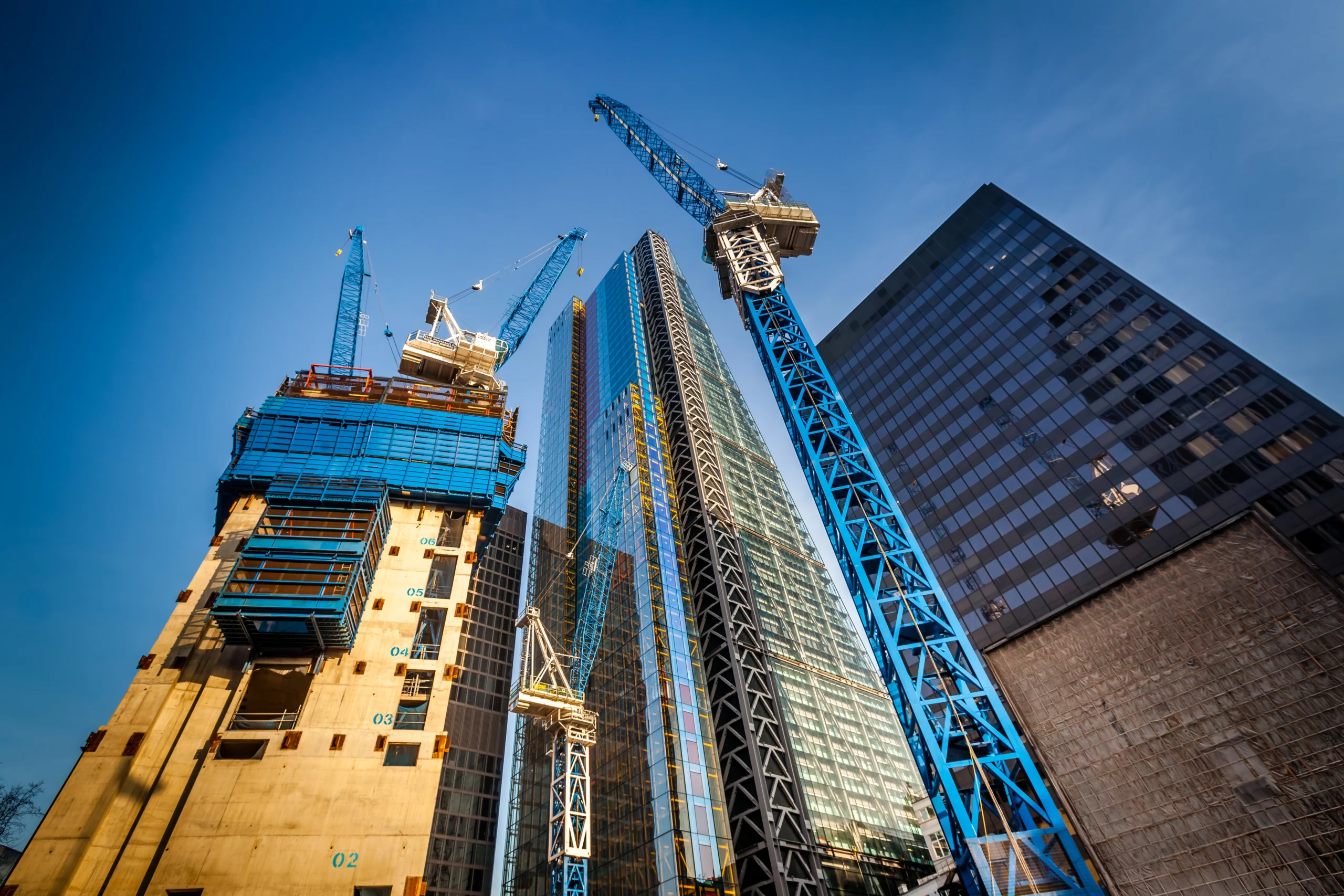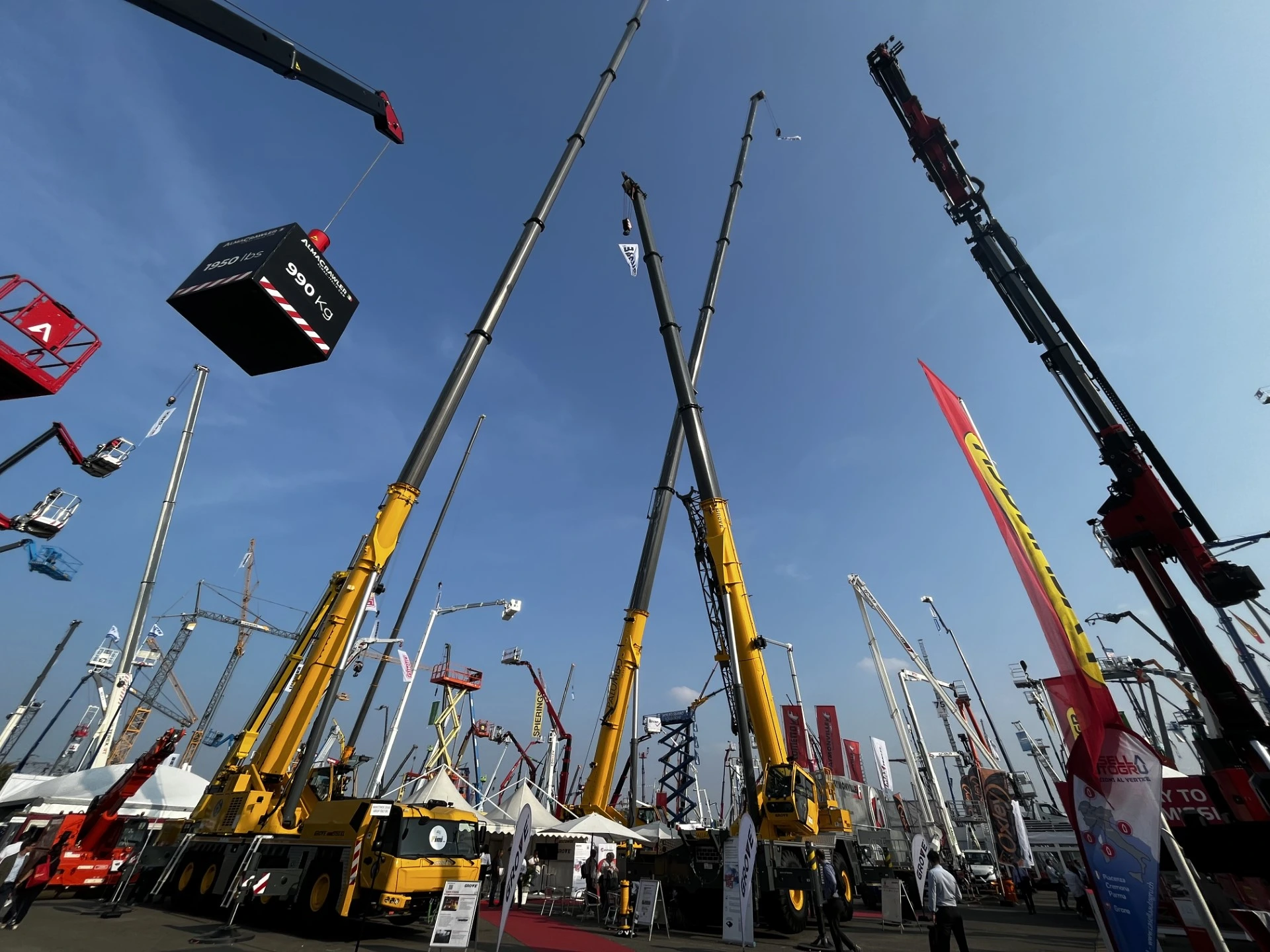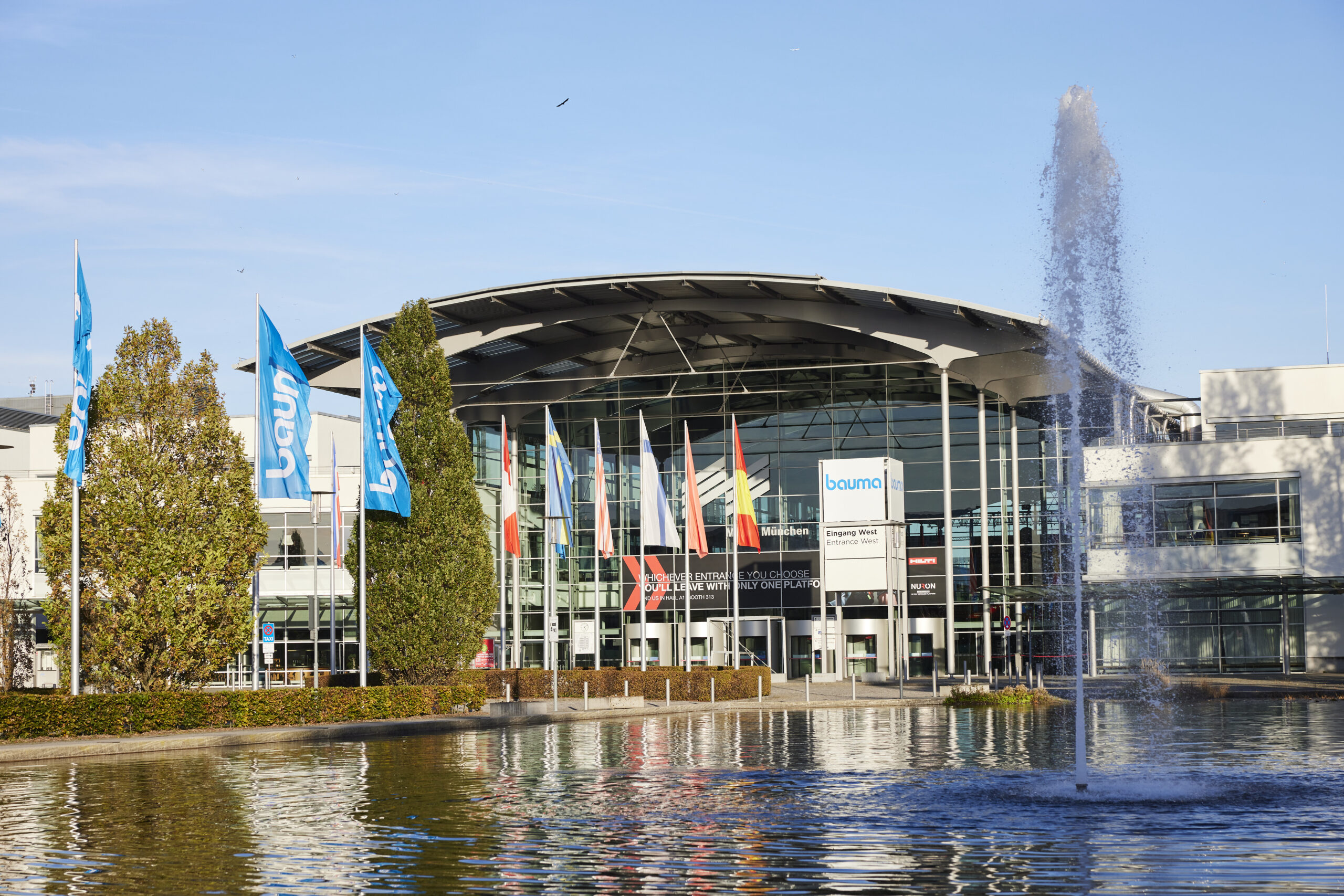In an era of macroeconomic uncertainty, the future of industrial B2B communication won’t be defined by digital trends alone. From the role of dealer networks to the massive infrastructure projects shaping the country, here’s a guide to the real-world trends that matter most.
In part one, I focused on PR. Here in part two, I focus on industrial B2B sectors.
What’s inside:
- Trade media will remain crucially important
- Dealer networks aren’t internal or external — they’re a third channel
- Macroeconomic chaos is reshaping strategy
- Infrastructure rebuilds and AI data centers are reshaping regional industries
1. Trade media will remain crucially important
Trade publications have focused audiences, subject-matter expertise and a deep relationship with their industries. As a former BusinessWeek writer, I’ve worked in both ecosystems. I’ve seen how trade editors work closely with companies, engineers and end users to create content that truly informs — not just performs.
Search engines are picking this up. AI is picking this up.
And so are smart PR teams.
But let’s be honest — trade media can’t thrive without real support. These outlets run lean. Their ad revenue has been chipped away by social platforms, newsletters and in-house content studios. But they’re still doing the hard work: cultivating expert voices, producing field-tested insights and earning the trust of niche audiences that mainstream media never touches.
They need advertising partnerships. They need editorial access. They need companies to stop ghosting them after a single pitch and start treating them like strategic partners.
It’s easy to say “we support trade media” and then spend the whole budget on SEO. But if this ecosystem fades, everyone loses. These are the publications that AI scrapes. These are the voices your customers trust. This is the infrastructure your brand visibility rests on.
If you want smart coverage, long-term credibility and visibility in the new search era — help keep the system alive.
2. Dealer networks aren’t internal or external — they’re a third channel
A lot of our clients work with dealers, distributors or independent reps. These aren’t employees, and they’re not traditional customers — but they play a massive role in how products are sold, supported and perceived. And right now, most companies are under-communicating with them.
The reality is: these networks are in the worst position to understand how AI is reshaping regional and local communication. They’re looking to the OEM for guidance — and the OEM is often looking to us. But too often, dealer communication is treated like an afterthought. It needs to be treated as its own distinct strategy.
It’s not internal.
It’s not external.
It’s a third lane entirely.
Helping companies create better materials, outreach strategies and tools for these partners is going to be a huge part of the future of PR — especially in B2B sectors. Whether it’s keeping messaging consistent across regions or translating corporate campaigns into something usable on a jobsite, this is where a lot of ground will be won or lost.
3. Macroeconomic chaos is reshaping strategy
Tariffs. Visa changes. EPA rollbacks. Inflation. There’s a lot of uncertainty right now. Many of the companies we work with leaned heavily into emerging tech — battery systems, automation, connectivity, complex software — only to find themselves ahead of a market that isn’t quite ready.
They’re rethinking. Retooling. Trying to match their product strategies to what customers actually want and are willing to pay for.
PR has a role to play here too — not just in messaging, but in helping companies reconnect with their market reality.
4. Infrastructure rebuilds and AI data centers are reshaping regional industries
This isn’t just about rebuilding roads and bridges — it’s about rethinking how entire regions function.
When AI data centers are built in formerly rural areas, they bring with them enormous power and cooling needs. They reshape transportation corridors, labor demands and zoning laws. They introduce new supply chain pressures, and they demand precision and speed in delivery.
At the same time, disaster recovery work is reshaping the way we think about materials and building techniques. In wildfire-prone areas like California, new codes are forcing builders to adopt advanced fire-resistant materials. But who’s making those materials? Where are they coming from? What companies know how to build with them — and how are they getting them to the jobsite?
These are communications stories too — and the companies that lean in and help explain the “why” and the “how” will be the ones remembered.
Are you grappling with how to navigate these shifts in the North American industrial landscape? These are the challenges we help our clients overcome everyday. Get in touch to discuss your goals.

Damian Joseph
Vice President
About the author




